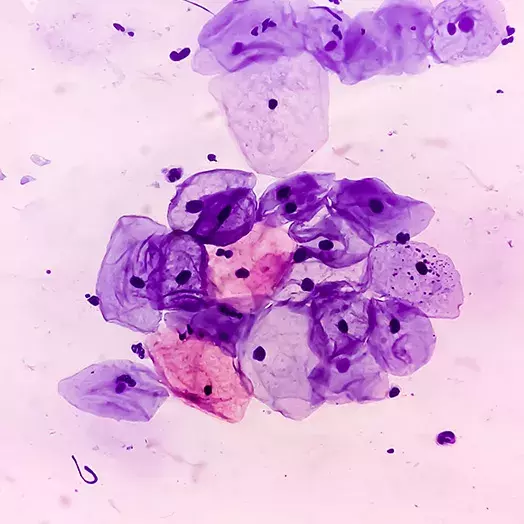Health outcomes for American Indian and Alaskan Native populations are comparatively worse than those of other racial and ethnic minorities in the United States, and research shows that native populations aren’t getting enough of a share in America’s health care.

Researchers call for a new federal agency to reduce health inequities among Indigenous communities
Native American Heritage Month rightly calls to mind the rich and significant history and traditions of native peoples in the United States. But as the nation prepares to celebrate Thanksgiving, commonly believed to have originated as a shared harvest between English colonists and the Wampanoag people, research shows that native populations aren’t getting enough of a share in America’s health care.
Health outcomes for American Indian and Alaskan Native populations are comparatively worse than those of other racial and ethnic minorities in the United States—including higher rates of infant mortality, maternal death, and chronic conditions. The life expectancy for these populations is 73.1 years. That’s more than two years shorter than for the Black population, and nearly six years shorter than non-Hispanic white individuals.
“The health inequities experienced by millions of people living in the U.S. today are in part the result of past and current policies that exclude or deprioritize these populations,” said Sheila Burke, the co-chair of a of experts to focus on federal policies that contribute to inequities in health outcomes assembled by the National Academies of Sciences, Engineering, and Medicine.
“Including community voices in the policy process is of paramount importance to the nation’s path to health equity. Our recommendations call for steps from the executive and legislative branches to increase transparency and boost community representation.”
Daniel Polsky, Bloomberg Distinguished Professor
Bloomberg Distinguished Professor and Johns Hopkins Carey Business School faculty member Dan Polsky served as the committee’s other co-chair. The committee recently published a report recommending that the U.S. government establish a new federal agency to reduce longstanding health inequities within America’s indigenous communities. According to the Federal Policy to Advance Racial, Ethnic, and Tribal Health Equity, racial, ethnic, and tribal health inequities in the U.S. are widespread. Helping reduce them, the National Academies says, requires significant changes to federal policy. Importantly, says Polsky, it also needs a primary means of inclusivity.
“Including community voices in the policy process is of paramount importance to the nation’s path to health equity,” said Polsky. “Our recommendations call for steps from the executive and legislative branches to increase transparency and boost community representation.”
Polsky also leads the Hopkins Business of Health Initiative, and as a recognized leader in the field of health policy and economics, his research focuses on understanding the tradeoffs of health interventions and how to provide access to quality health care in low-resource settings.
To determine the most effective policy changes to further racial and ethnic health equity, the committee reviewed government policies on economics, education, health care, infrastructure, housing, and public safety to determine their impact on health equity.
What to Read Next

student experience
Could artificial intelligence in a “smart tampon” detect cervical cancer?In addition to establishing a new federal agency, the National Academies committee recommends Congress elevate the Indian Health Service to the level of other federal health agencies and reestablish the Indian Affairs Committee. The National Academies report says these recommendations will improve coordination among federal agencies and increase federal support and access for state and local programs. The committee also recommends steps to improve data collection from federal agencies on the health of indigenous communities, which could improve efforts to understand and eliminate health inequities.
The full report is available on the National Academies website.


